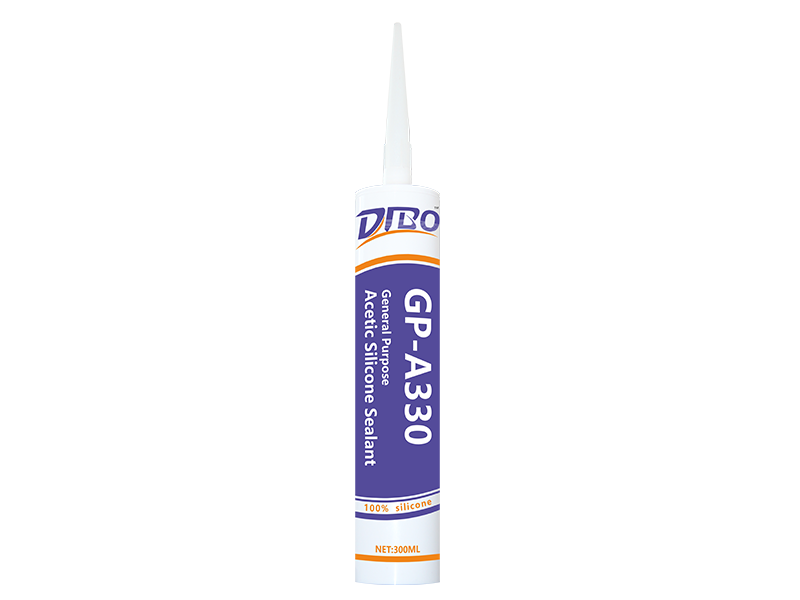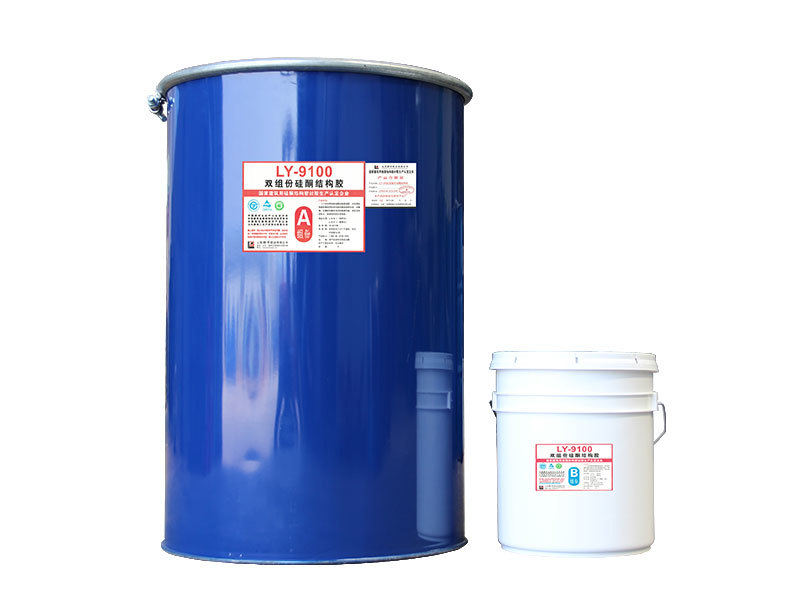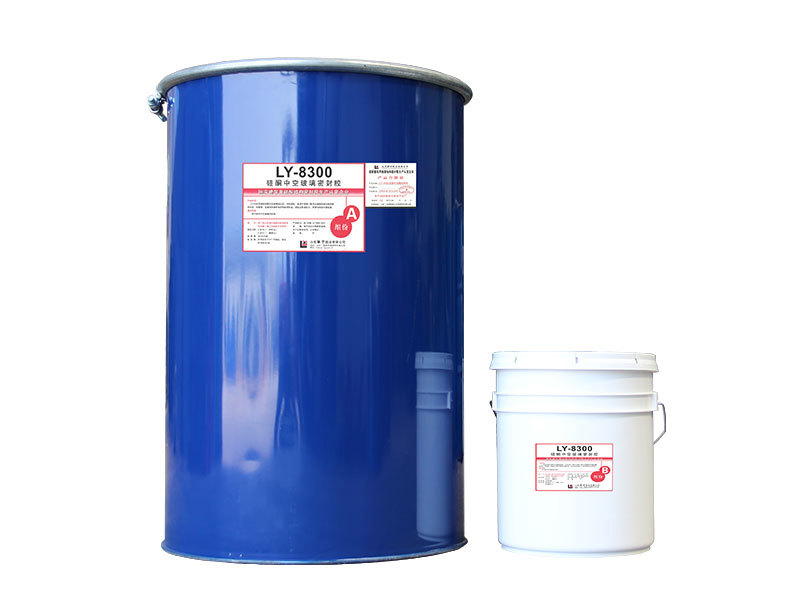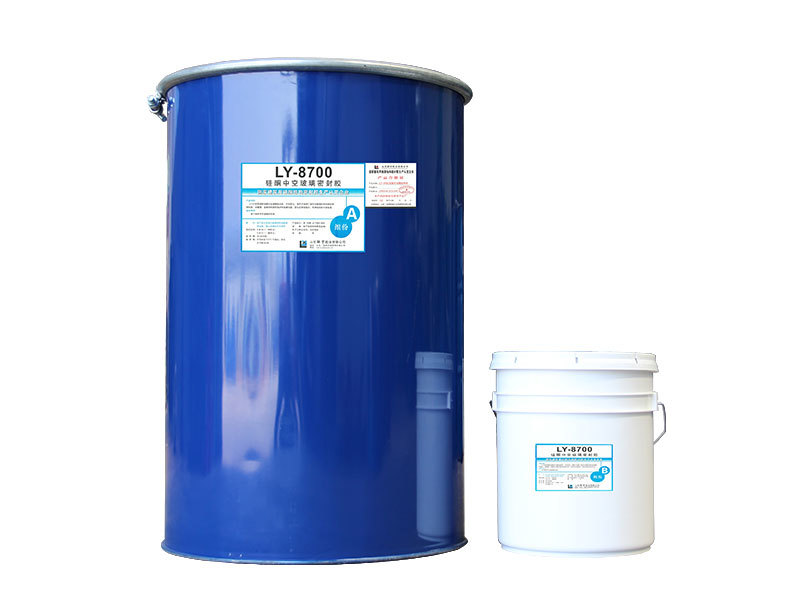The Versatile Benefits of Acetic Silicone Sealant: A Comprehensive Overview
Upload Time:
2025-02-14
Acetic silicone sealant is a specialized adhesive widely recognized for its exceptional bonding capabilities and flexibility. Originating from silicone polymer technology, this sealant provides a robust solution for various sealing and bonding applications, particularly in environments where durability and weather resistance are essential. One of the primary characteristics of acetic silicone seal

Acetic silicone sealant is a specialized adhesive widely recognized for its exceptional bonding capabilities and flexibility. Originating from silicone polymer technology, this sealant provides a robust solution for various sealing and bonding applications, particularly in environments where durability and weather resistance are essential.
One of the primary characteristics of acetic silicone sealant is its excellent adhesion to a variety of substrates, including glass, metal, ceramics, and many plastics. This versatility makes it a preferred choice in sectors such as construction, automotive, and home improvement. Its ability to adhere well without the need for a primer simplifies application processes, saving time and improving efficiency for professionals working on complex projects.
Additionally, acetic silicone sealant is known for its outstanding resistance to moisture and extreme temperatures, making it ideal for outdoor and high-humidity environments. It can withstand temperatures ranging from -40°C to +150°C (-40°F to +302°F), ensuring that seals remain intact and effective even under challenging conditions. This property is particularly beneficial in applications such as window and door installations, where external weather elements can compromise the integrity of seals.
Another noteworthy advantage is its elasticity. Acetic silicone sealant can expand and contract with movement, which is crucial in applications where structural movement occurs, such as in buildings and bridges. This flexibility helps to prevent cracking and ensures that the seal remains effective over time, thus enhancing the longevity of the bonded materials.
It is also important to highlight that acetic silicone sealant is resistant to aging, UV radiation, and various chemicals. This resistance ensures that the sealant maintains its properties and appearance over time, making it a reliable choice for both indoor and outdoor applications. Furthermore, the sealant is often available in various colors, allowing for aesthetic integration into architectural designs.
When using acetic silicone sealant, proper surface preparation is key to achieving optimal adhesion. Surfaces should be clean, dry, and free from contaminants such as dust, oil, and grease. It is advisable to conduct a compatibility test with the materials being sealed to ensure that the sealant does not adversely affect any substrate.
In conclusion, acetic silicone sealant is a highly versatile adhesive solution with numerous applications across different industries. Its impressive adhesion properties, weather resistance, elasticity, and longevity make it an invaluable tool for professionals looking to achieve high-quality, durable seals. Understanding its characteristics and best practices for application can greatly enhance the effectiveness of sealing tasks, providing lasting results that meet the demands of any project.
One of the primary characteristics of acetic silicone sealant is its excellent adhesion to a variety of substrates, including glass, metal, ceramics, and many plastics. This versatility makes it a preferred choice in sectors such as construction, automotive, and home improvement. Its ability to adhere well without the need for a primer simplifies application processes, saving time and improving efficiency for professionals working on complex projects.
Additionally, acetic silicone sealant is known for its outstanding resistance to moisture and extreme temperatures, making it ideal for outdoor and high-humidity environments. It can withstand temperatures ranging from -40°C to +150°C (-40°F to +302°F), ensuring that seals remain intact and effective even under challenging conditions. This property is particularly beneficial in applications such as window and door installations, where external weather elements can compromise the integrity of seals.
Another noteworthy advantage is its elasticity. Acetic silicone sealant can expand and contract with movement, which is crucial in applications where structural movement occurs, such as in buildings and bridges. This flexibility helps to prevent cracking and ensures that the seal remains effective over time, thus enhancing the longevity of the bonded materials.
It is also important to highlight that acetic silicone sealant is resistant to aging, UV radiation, and various chemicals. This resistance ensures that the sealant maintains its properties and appearance over time, making it a reliable choice for both indoor and outdoor applications. Furthermore, the sealant is often available in various colors, allowing for aesthetic integration into architectural designs.
When using acetic silicone sealant, proper surface preparation is key to achieving optimal adhesion. Surfaces should be clean, dry, and free from contaminants such as dust, oil, and grease. It is advisable to conduct a compatibility test with the materials being sealed to ensure that the sealant does not adversely affect any substrate.
In conclusion, acetic silicone sealant is a highly versatile adhesive solution with numerous applications across different industries. Its impressive adhesion properties, weather resistance, elasticity, and longevity make it an invaluable tool for professionals looking to achieve high-quality, durable seals. Understanding its characteristics and best practices for application can greatly enhance the effectiveness of sealing tasks, providing lasting results that meet the demands of any project.
Relevant News




